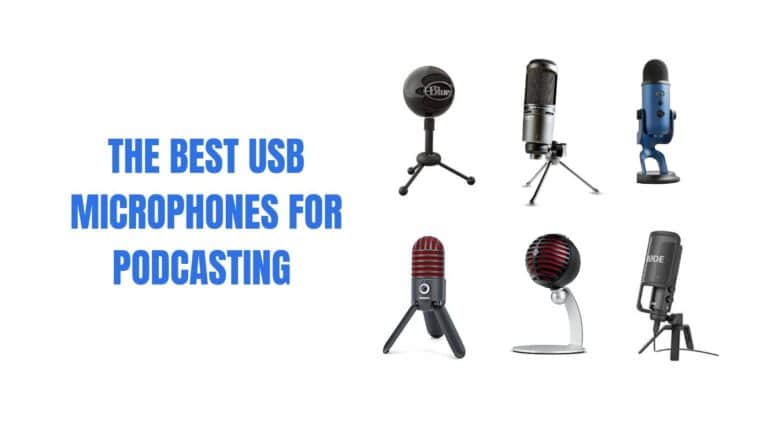AudioBoom is a leading podcast hosting platform that provides a range of services to podcasters. Is it an ideal platform for both amateur and professional podcasters looking for a high-quality, user-friendly platform to host and distribute their content? Let’s do complete review on various aspects of Audioboom, its pro and cons , special features and price plans!
Uncovering the Truth About AudioBoom for Podcasters
What is AudioBoom?
AudioBoom is a cloud-based podcast hosting platform that provides a range of tools and features to help podcasters create, publish, and monetize their content. Founded in 2012, AudioBoom has quickly become one of the most popular hosting platforms in the podcasting industry, serving as a one-stop solution for podcasters of all skill levels.


